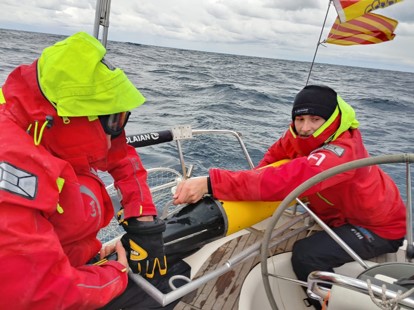
Mar 26, 2021 | Goniometer, News, Oceanography, Meteorology, Hydrology, Climatology
Gliders are valuable platforms in terms of equipment but also in terms of the vital information they collect. It is therefore not surprising that many of them are equipped with small Argos beacons in order to recover them in case of loss at sea. Currently, these Argos...
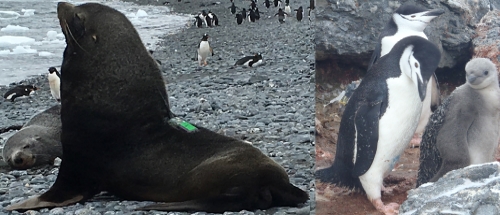
Mar 16, 2021 | Birds, Fish, Marine Animals, News, Wildlife Monitoring
Krill is at the base of the food-chain near Antarctica. It is also fished, with regulations enforced in regions where endangered species are also feeding on it. However, other species can also compete for this particular resource. Argos helps in assessing the foraging...
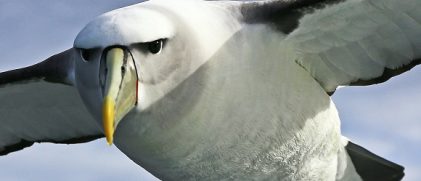
Mar 4, 2021 | Argos Forum, News
Record-Breaking distances revealed by ArgosSpoon-billed Sandpipers, long-range travelersSea turtle ecology: a novel solution to increase knowledge using ArgosAssessing fisheries bycatch risks to seabirdsHow to define a protected area for elephants from...
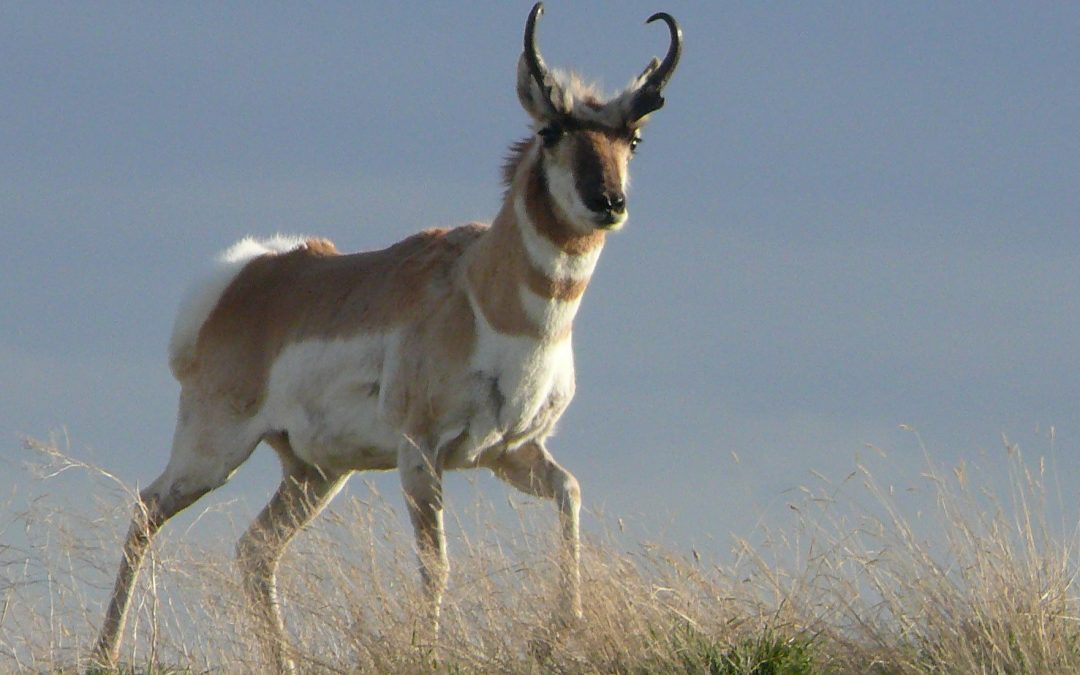
Mar 1, 2021 | Land Animals, News, Wildlife Monitoring
Mapping of ungulate migration habitat is important for their conservation. Pronghorn are an endemic species of North America (Canada, USA, and Mexico), migrating between different regions. Satellite telemetry helps in modelling what can hinder pronghorn migration and...
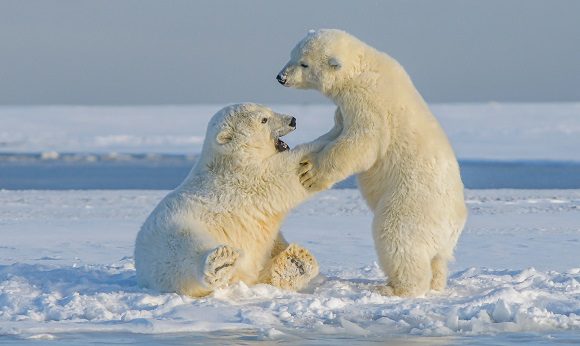
Feb 18, 2021 | Land Animals, News, Smart Agriculture, Wildlife Monitoring
“The new system looks very promising for us. I think it’s a great step forward, this is a major advancement which is coming at a critical juncture in the conservation of polar bears as the climate continues to warm, this is going to be a valuable tool. We are...

Feb 16, 2021 | Marine Animals, News, Oceanography, Meteorology, Hydrology, Climatology, Wildlife Monitoring
Marine Protected Areas are one of the main instruments for endangered species protection. Argos can help in defining their outlines to have the best impact, especially when a large number of tracks is available for habitat analysis and modelling. Example with marine...
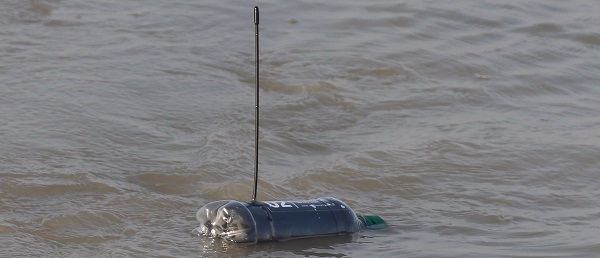
Feb 2, 2021 | Hardwares, News, Oceanography, Meteorology, Hydrology, Climatology, Pollution
Plastic in the environment, especially in the ocean, is a major pollution concern currently. If it is well established that most of it comes from land through rivers, how far and by which path? A study using open-source Argos chipsets in bottles to track them tries to...
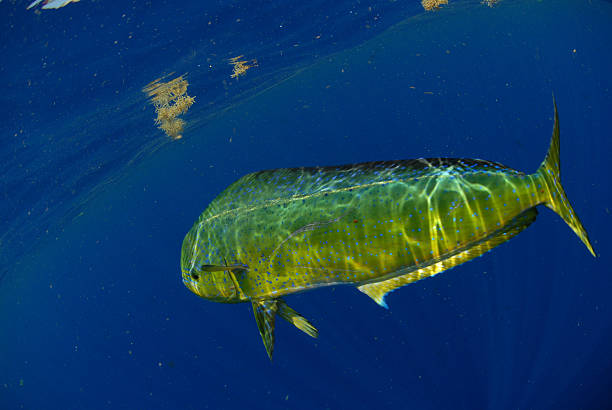
Jan 29, 2021 | Fish, Goniometer, News, Oceanography, Meteorology, Hydrology, Climatology, Wildlife Monitoring
Scientists Chiang, Wei-Chuan (Riyar) & Shian-Jhong Lin, from Eastern Marine Biology Research Center of Fisheries Research Center, Taiwan and Michael K. Musyl from Pelagic Research Group LLC, have been studying the movement patterns and habitat preferences of...
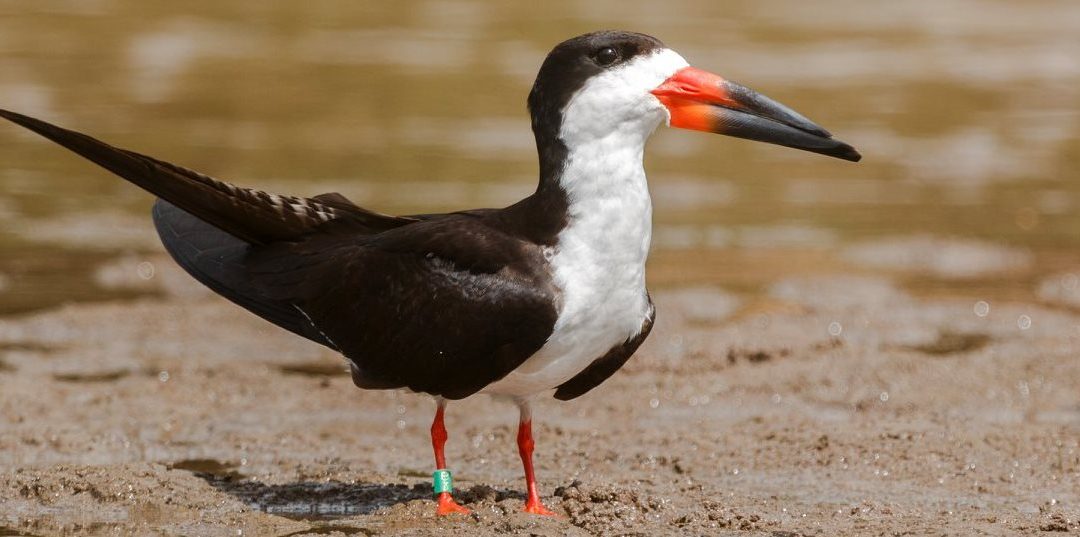
Jan 19, 2021 | Birds, News, Wildlife Monitoring
The Amazon Rainforest is hard to reach, but home to a large number of species. Birds like the Amazonian black skimmers live apart of their life there, but move around a lot. Argos satellite telemetry enable researchers to analyze mathematically the birds’ use of the...
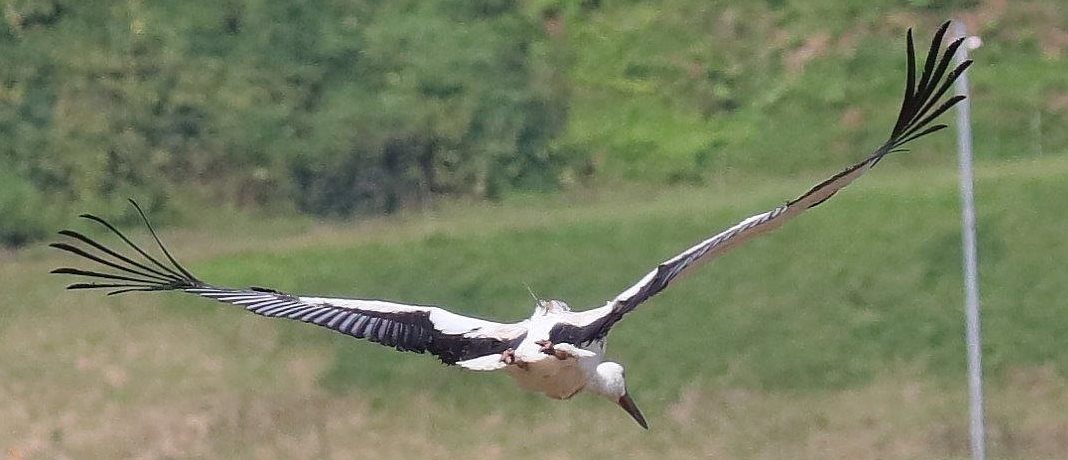
Jan 4, 2021 | Birds, News, Wildlife Monitoring
Considering the suitability of the environment is the key to successfully reintroduce a species in an habitat where it disappeared. Oriental white stork disappeared from Japan fifty years ago. The species reintroduction is now beginning , while their natural wetland...
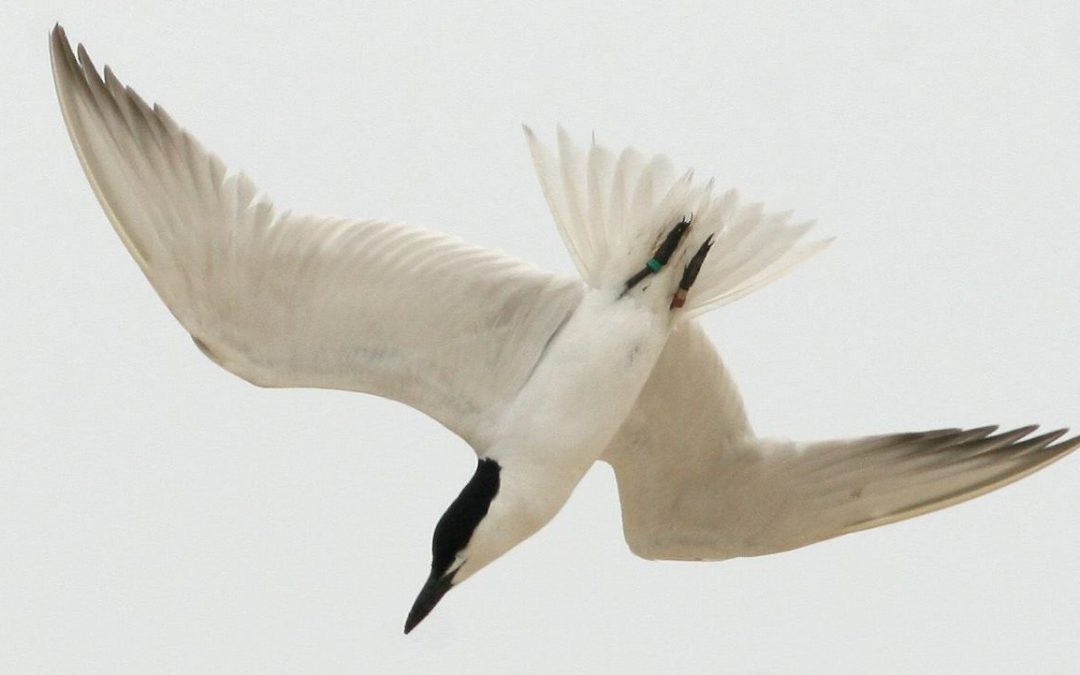
Dec 7, 2020 | Birds, News, Wildlife Monitoring
Migratory birds may keep the same routes and the same nesting and wintering sites from year to year. Such species may be all the more fragile if environmental changes occur. Argos satellite telemetry enables researchers to be able to pinpoint those species, which may...
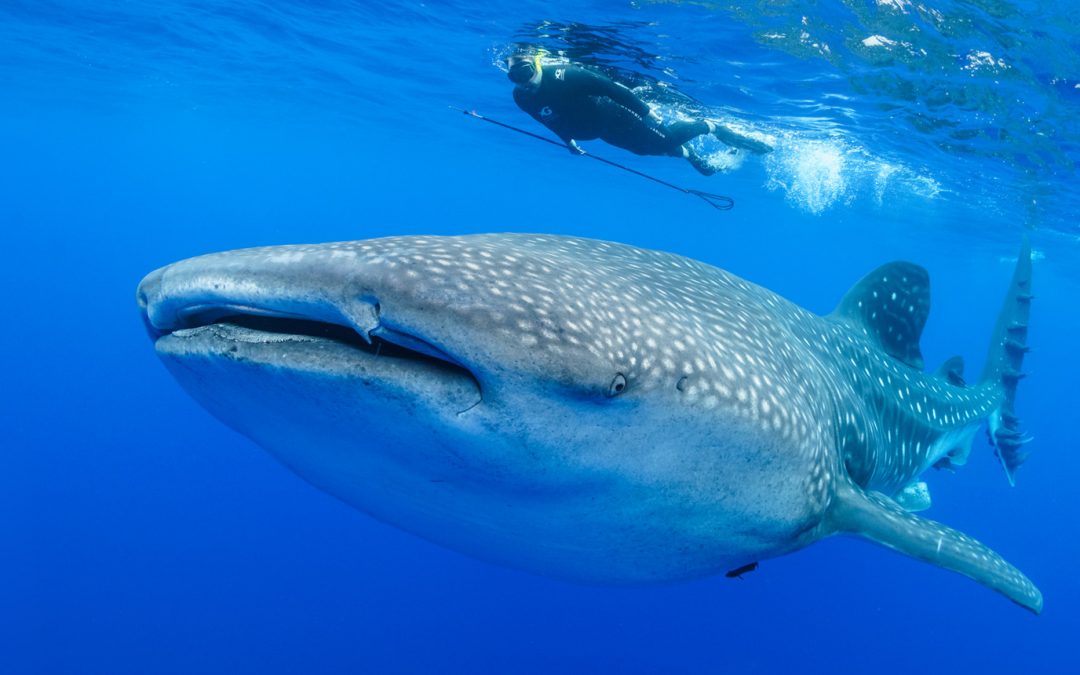
Nov 26, 2020 | Fish, News, Wildlife Monitoring
Whale sharks are found in all tropical waters around the globe, including in the Atlantic Ocean. Some places could host their reproduction, thus being critical places to protect and potentially important study sites. Argos satellite telemetry helps in trying to unveil...
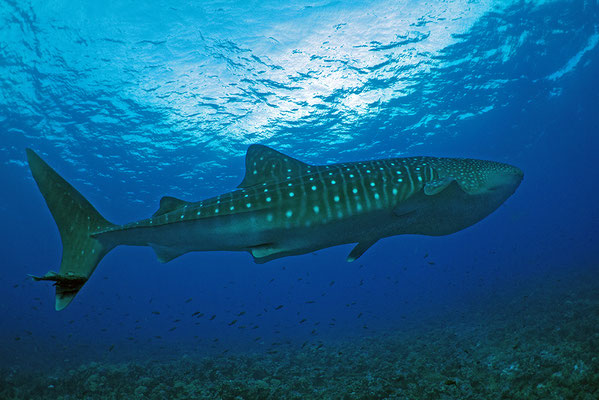
Nov 16, 2020 | Fish, News, Oceanography, Meteorology, Hydrology, Climatology, Wildlife Monitoring
Since 1978 the ARGOS System has been used to improve scientists’ knowledge regarding animal behavior. However, Whale Sharks remain one of the biggest mysteries of the Oceans but thanks to technology we are discovering more and more. Jonathan Green, Founder &...
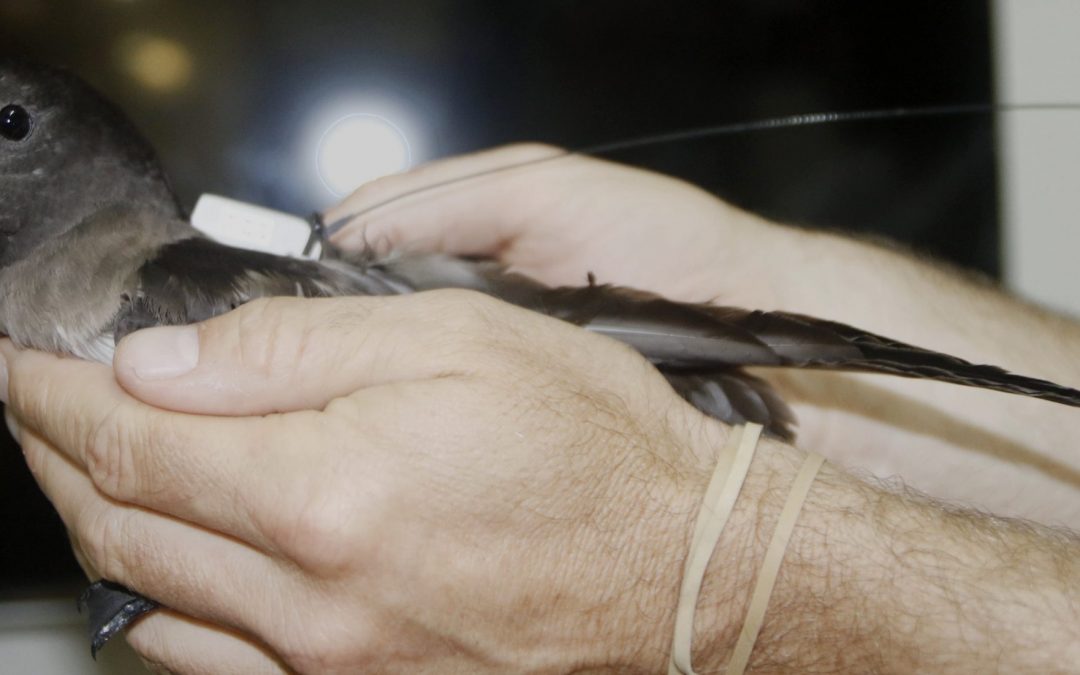
Nov 12, 2020 | Birds, News, Wildlife Monitoring
Some species can be mostly unknown even nowadays. Beck’s petrel, a seabird living around Papua-New Guinea island is among them. Understanding where they breed, live can enable to protect them. Argos satellite telemetry helps by enabling to track them during long...

Oct 29, 2020 | News
In an unprecedented context, France has had to take strict measures once again to protect its citizens. CLS is committed to providing its full support in the fight against the spread of the virus. Our aim is to act responsibly, following the recommendations of the WHO...
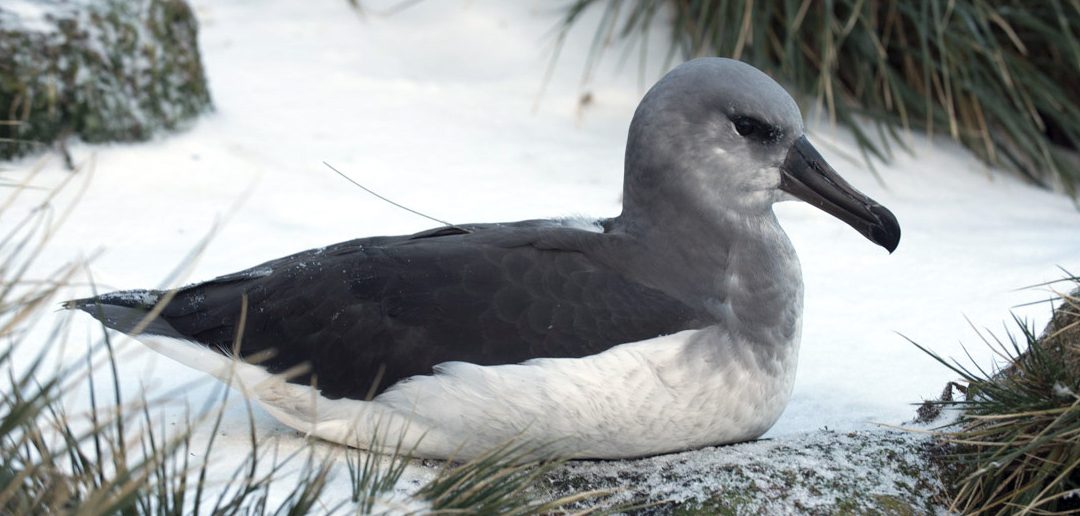
Oct 27, 2020 | Marine Animals, News, Wildlife Monitoring
One of the most frequent rationale to fit animals with tracking devices is to help in conservation actions and regulations. In the case of marine animals, is this argument only (or mostly) a wish, or are there real consequences consecutive to tracking studies? Do we...
![[WEBINAR] Animal Tracking: The Future of Wildlife Telemetry is Coming](https://www.argos-system.org/wp-content/uploads/2022/02/WEBINAR-Argos-animal-tracking.jpg)
Oct 15, 2020 | Birds, Fish, Land Animals, Marine Animals, News, Wildlife Monitoring
Since 1978, the Argos Data Collection System has served the international wildlife community. With the Kinéis constellation carrying onboard Argos-4 instruments, the metamorphosis of ARGOS is coming. Join us to learn about the future of wildlife telemetry! Agenda...
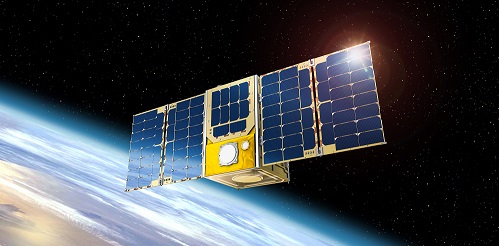
Oct 13, 2020 | Hardwares, Herding, News, Oceanography, Meteorology, Hydrology, Climatology, Pollution, Smart Agriculture, Wildlife Monitoring
As you all know, on December, 18th 2019, the successful launch of the first ANGELS nanosatellite, developed by CNES, HEMERIA and Thales Alenia Space, ANGELS marked the beginning of the metamorphosis of the Argos system. We received the first signal of Angels at the...
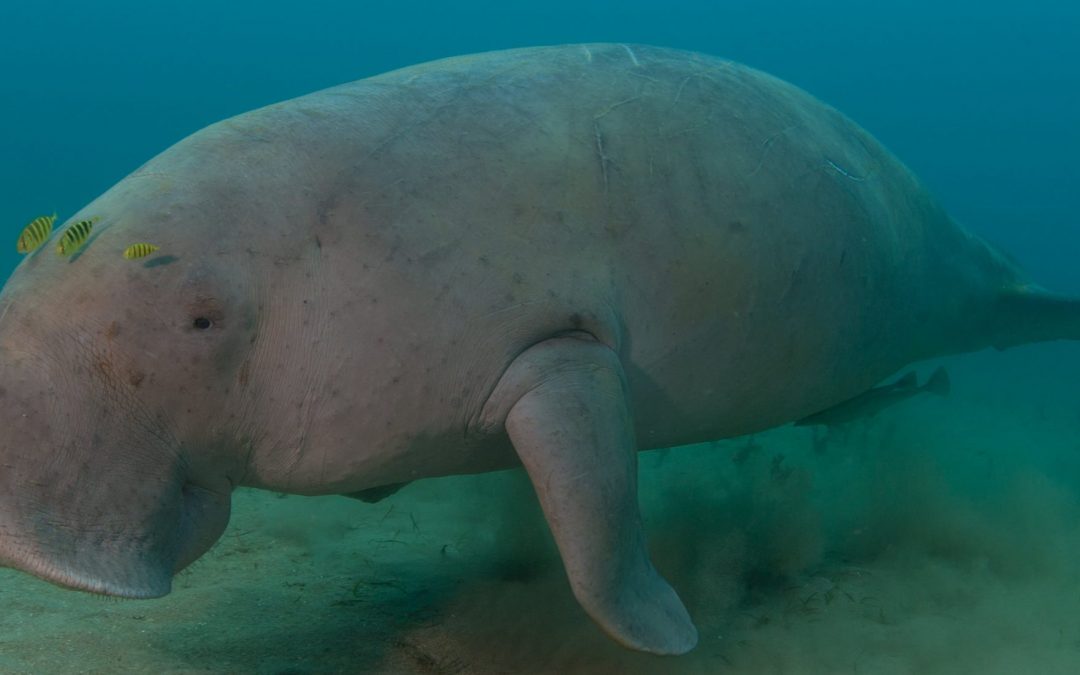
Oct 8, 2020 | Marine Animals, News, Wildlife Monitoring
Dugongs are vulnerable herbivorous marine mammals living in tropical and subtropical coastal waters, including in coral reef lagoons. Their behaviour there is however little known. Argos enabled to track them in such environments around New Caledonia. Only surviving...
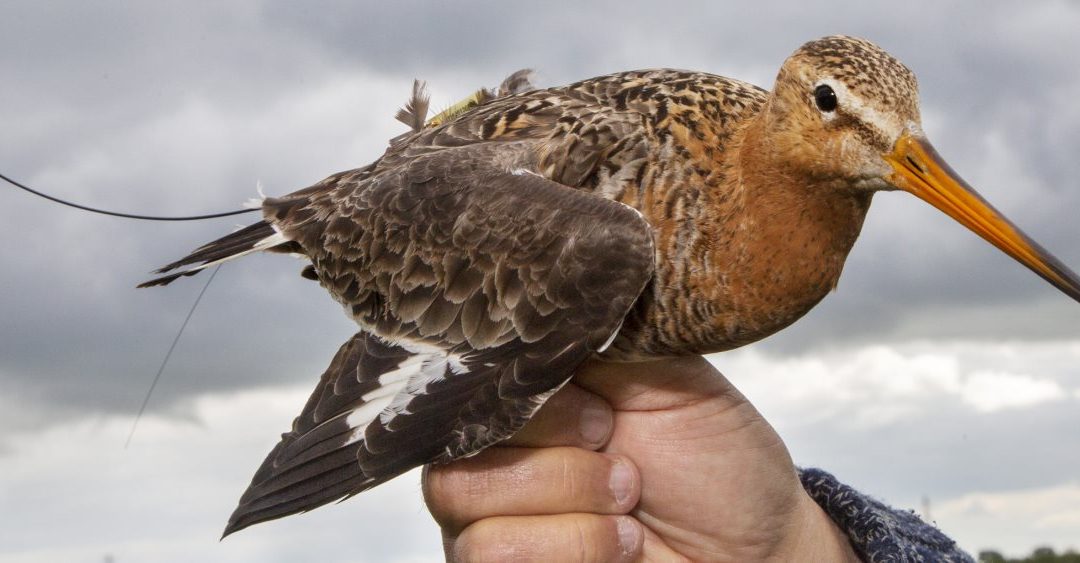
Oct 5, 2020 | Birds, News, Wildlife Monitoring
Migratory birds from a given species are frequently observed to follow the same routes, and do so every year. Tracking different populations with Argos satellite telemetry shows a very different picture for some populations of the black-tailed godwit. Understanding...
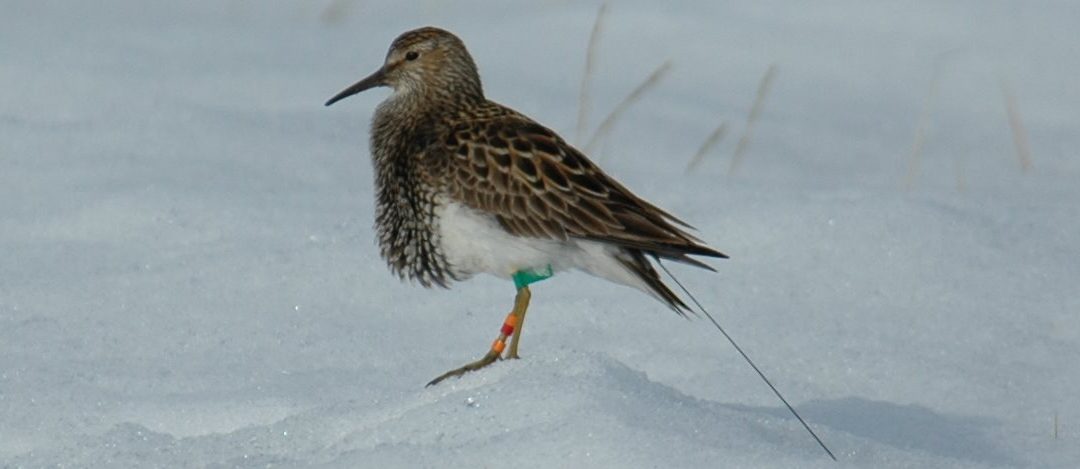
Sep 14, 2020 | Birds, News, Wildlife Monitoring
Some migratory birds change their breeding sites every year, or even several times in a season. Pectoral sandpipers are among them, and understanding their breeding behaviour thanks to Argos satellite telemetry can help to better protect them. The pectoral sandpiper...
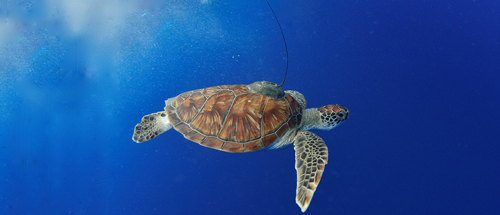
Aug 31, 2020 | Marine Animals, News, Wildlife Monitoring
Tracking the behaviour of a large number of juvenile green turtles in contrasting environments using satellite telemetry enables to show behavioural differences across individuals. The green turtle (Chelonia mydas) is one of the seven species of sea turtles (with also...
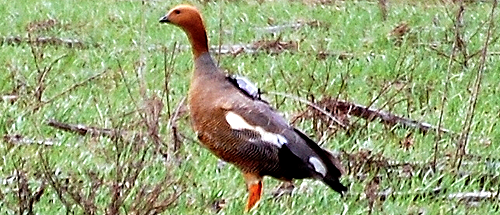
Aug 17, 2020 | Birds, News, Wildlife Monitoring
Ruddy-headed goose is considered regionally endangered in Argentina and Chile, since recent estimates indicate that population size is less than 800 individuals. Ruddy-headed geese were tracked back and forth during their migrations over the South American continent...
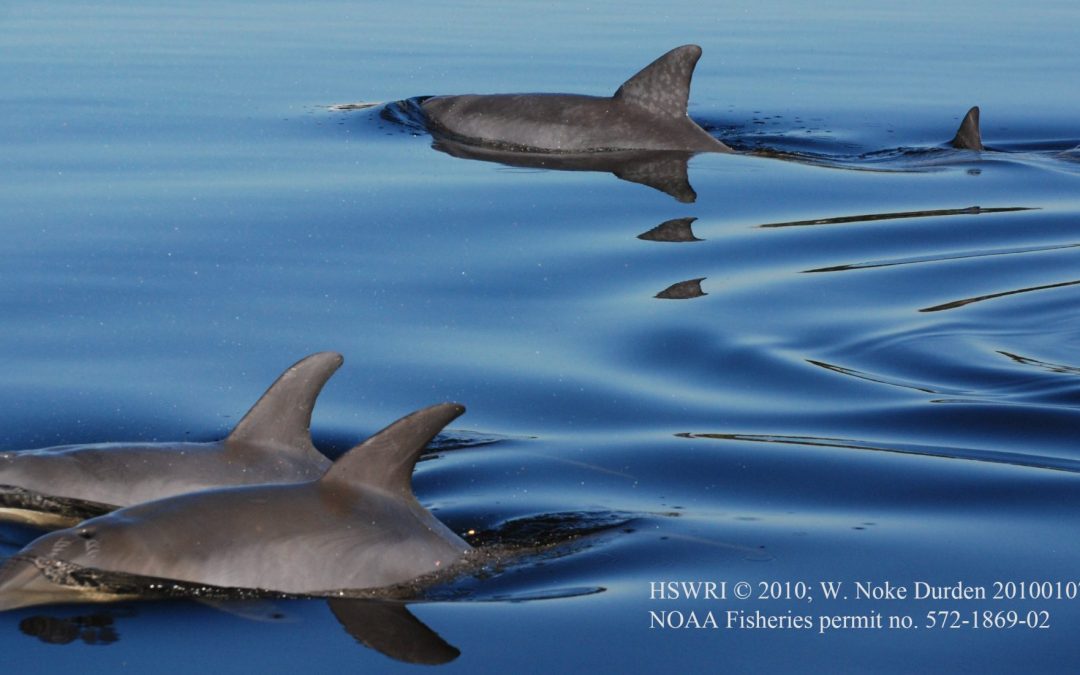
Aug 3, 2020 | Marine Animals, News, Wildlife Monitoring
Dolphins do have a nightlife, but visual observation techniques cannot fully capture this. Also, coastal populations of dolphins sometimes occupy complex, labyrinthine habitats. Here too line-of-sight techniques fall short. Satellite telemetry doesn’t distinguish...
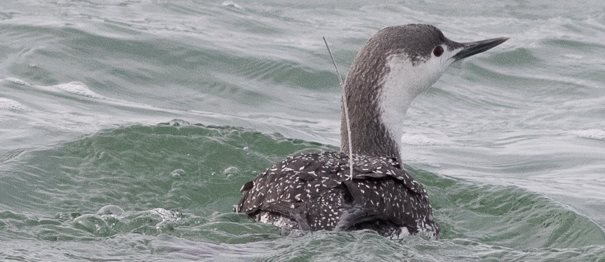
Jul 20, 2020 | Birds, News, Wildlife Monitoring
Argos can help in evaluating overlaps of human activities and protected aquatic bird habitats. With that information, the planning of new infrastructures such as offshore wind farms can take species like the red-throated divers in consideration. Wind farms on...
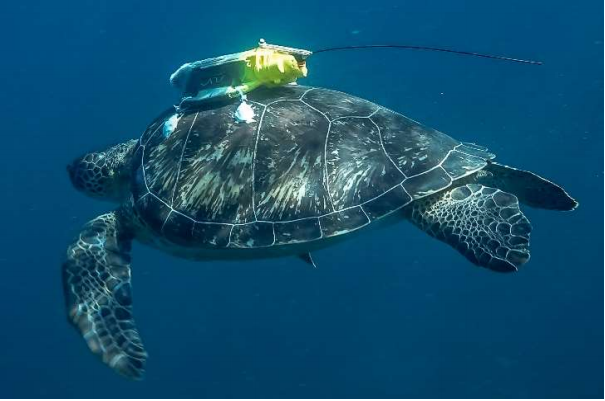
Jul 10, 2020 | Marine Animals, News, Wildlife Monitoring
An essential part of animal conservation is knowing and understanding their behavior. More than 500 turtles are tracked every month with Argos so that scientists can identify feeding and nesting areas as well as understand their migratory patterns. We know where sea...
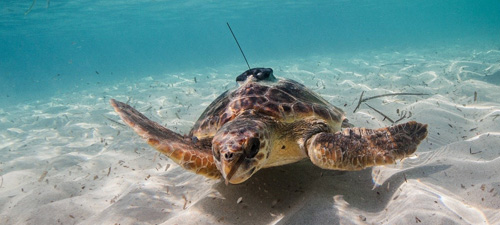
Jul 6, 2020 | Marine Animals, News, Oceanography, Meteorology, Hydrology, Climatology, Wildlife Monitoring
Data collected on animals by Argos satellite telemetry can be provided to physical oceanography, to fill in a number of gaps in the ocean observing systems. A study details how animal-born instrumentation can complement the Argo automated profiling float array....
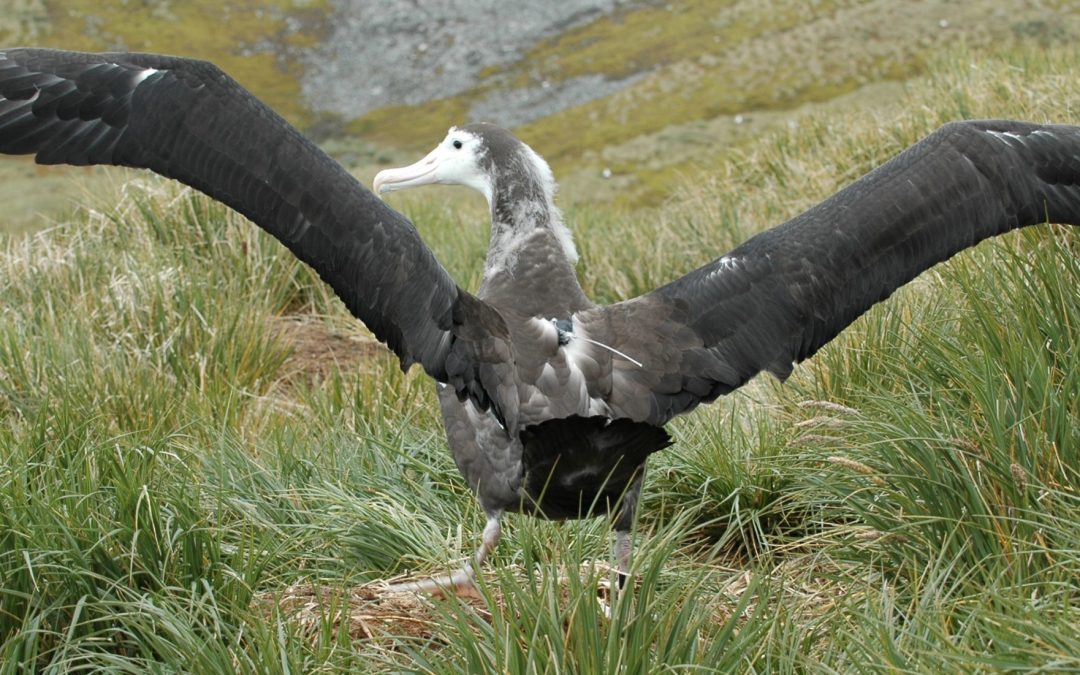
Jun 22, 2020 | Birds, Fish, News, Wildlife Monitoring
After more than thirty years of Argos satellite telemetry, the extensive datasets that have accumulated can be used in diverse, large-scale studies. Incidental mortality (bycatch) in fisheries threatens Southern Ocean seabirds such as albatrosses and petrels. Data...
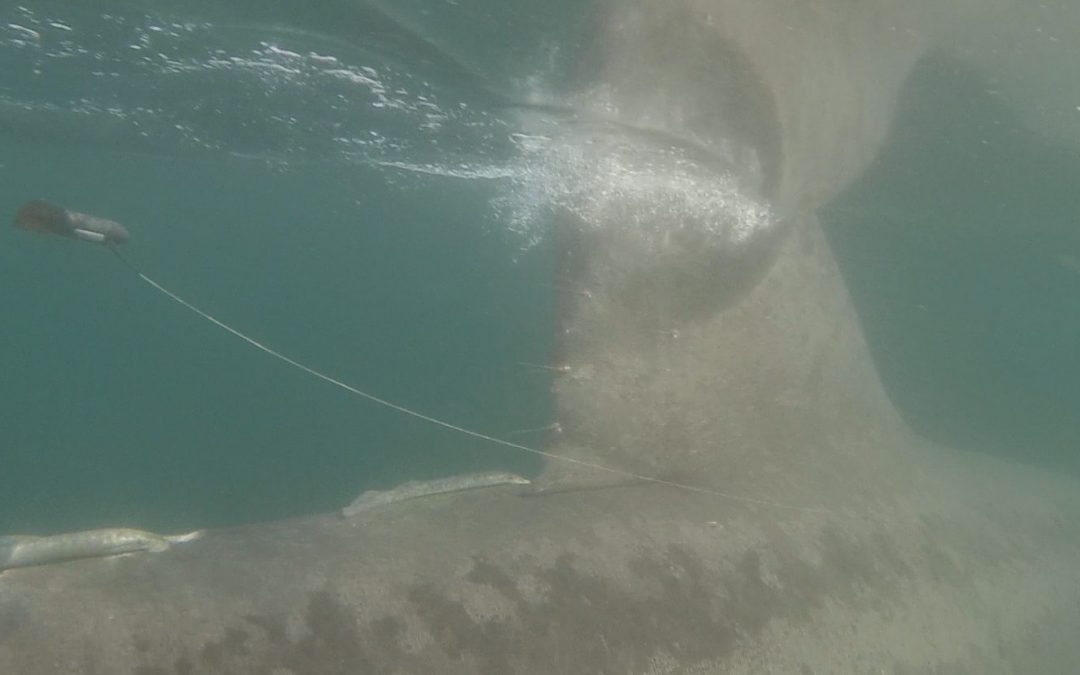
Jun 8, 2020 | Fish, News, Wildlife Monitoring
Basking sharks can travel several thousand kilometers in a few months, as was discovered by monitoring their movements with Argos satellite tracking tags. Two basking sharks, in particular, nicknamed Anna and Marie B made impressively long journeys between Brittany...
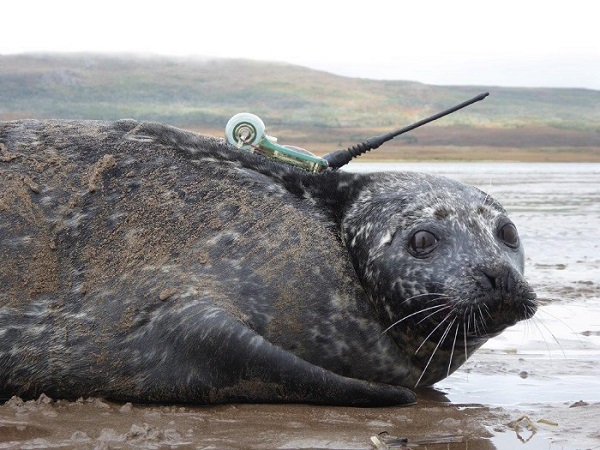
Jun 4, 2020 | Marine Animals, News, Wildlife Monitoring
Did you know that seals are able to learn the melody of the Star Wars theme? Or that scientific studies based on Argos tracking data have confirmed they are great migrators? The grey seal, long hunted for its fur, still holds lots of surprises. We met Cécile Vincent,...
Page 5 of 13« First«...34567...10...»Last »






























